There are three types of Plate Boundaries:
1) Convergent (Plates move apart)
2) Divergent (Plates move together)
3) Transform (Plates slide past each other)
The first two are relatively easy to demonstrate, but transform boundaries can be confusing to students of all ages. There are many different models available, but I wanted one that was easy to set up and leave in the lab for quick use as-needed.
This activity actually demonstrates two of the above plate boundaries: Divergent and Transform.
Materials:
· Box (you may paint it, if you’d like. Consider black for mafic ocean crust, and green for the underlying ultramafic mantle).
· Stencil blanks (I found a package of 3 9×18†blanks at Hobby Lobby for $2.99)
· Ruler, Pencil, and Scissors
· White Board Marker for drawing in sense-of-direction on the “ocean floorâ€
Procedure:
1. Paint box, if you care to. I used acrylic paints, which are cheap. I used a tomato box, which was free. The tomato box had the added benefit of looking quite cheerful, and he almost looked as if he was wearing a bandana. I mean “itâ€. Almost as if IT was wearing a bandana.
2. Make the “platesâ€. For each plate, you will use one of the stencil blanks. Reserve a 3-4†strip at the end of your blank. This is the Plate-as-a-whole, which will move away (diverge) from the second Plate-as-a-whole. The rest needs to be cut into three attached, but equal-width strips.
3. Now’s probably a good time to mention that one should always measure first, and cut second. Cheerful children AND a cheerful box – can life get much better?
4. Thing #2 Demonstrates a finished plate.
5. We used the ruler as a spacer, and used the strips as a guide to draw in 3 guide- lines (which will be cut in a few minutes). We had 3 strips, so we need 3 slots for those 3 strips. Don’t line them all up in one spot. We alternated a bit.
6. Feed Thing #2 a piece of candy from her Halloween bucket, because she’s been a good helper. Also, it keeps her away from the safety cutter, which, while safER, is not necessarily something I want my Thing #2 to play with.
7. Using the guide-lines to, well, guide you, cut the slots into your box with your box cutter. You’ll probably need to widen the cut a little bit so that the plate strips fit in easily. I widened the slots by shoving my ruler down into the slots and sliding it back and forth. I didn’t take a picture of this process because it’s rather brutal and not especially professional-looking, but I’m not above sharing the secret. Just above photographing it.
8. Slide a plate strip, shinier side up, into the slots. The slots are now your mid-ocean ridge (in other words, your divergent plate boundary)
9. You’re ready to go.
The activity itself:
1. One student/participant/thing can pull both plates away from each other, or they can share the honor. Have him/her pause, and draw in arrows showing the direction of motion of the Plate-as-a-whole.
2. Now, continue pulling the plates apart, but this time, look at the point where the strips are sliding past one another. Draw in arrows showing the direction of motion on these strips.
3. What do you observe about plate motion in these regions?
The student/participant/thing should notice that in this localized region, the plates are not moving away from each other (as in a divergent plate boundary), but rather, alongside and past each other, in opposite directions. This is called a Transform boundary, and can be observed when one type of motion (like divergence) is transformed to another type of motion (like shear).
4. Find a map of the ocean floor, or one like this, from NOAA.gov : http://sos.noaa.gov/ftp_mirror/land/sea_floor_age/shaded_veg/media/thumbnail_big.jpg
Can you find the transform boundaries along the divergent plate boundaries?
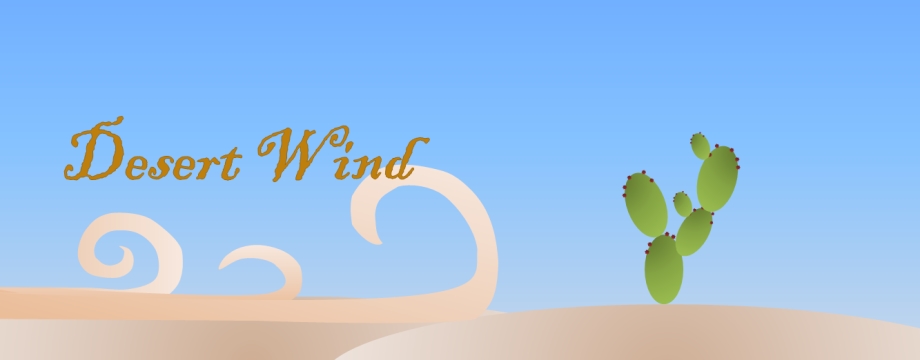
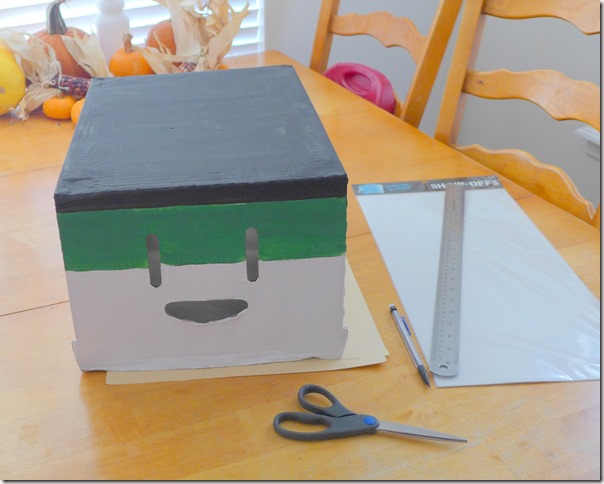
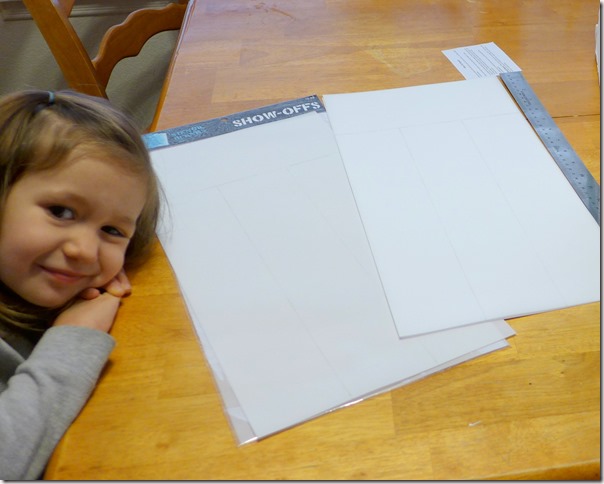
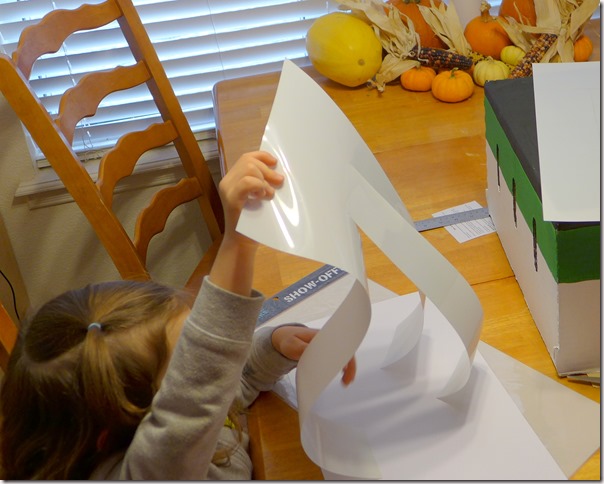
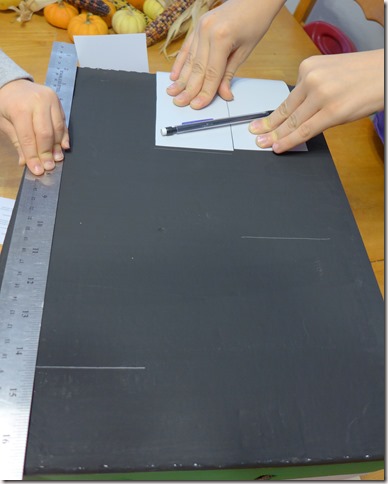
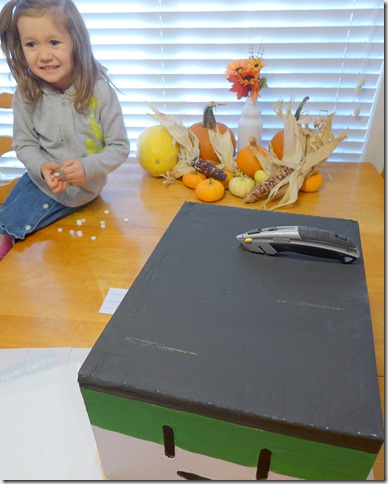
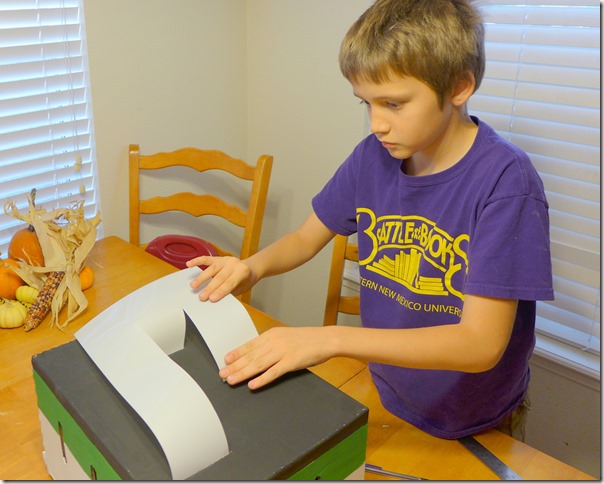
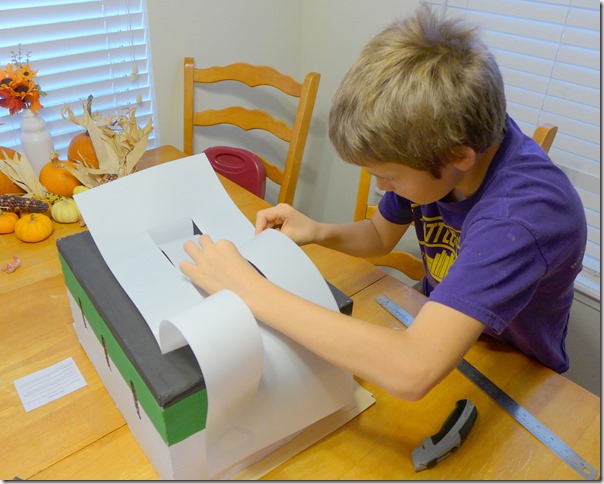
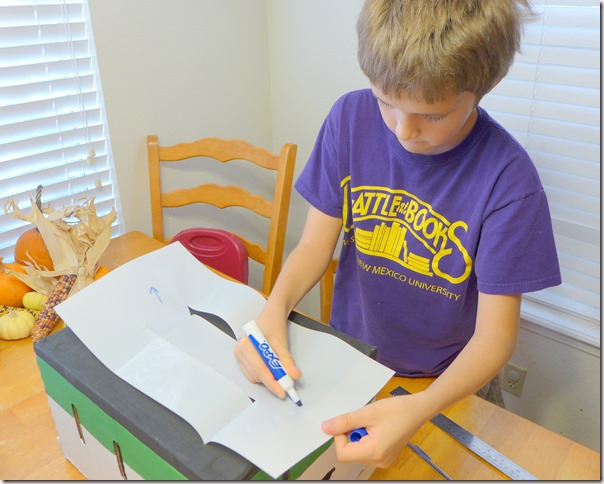
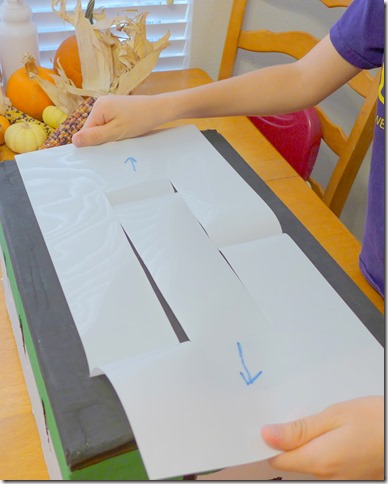
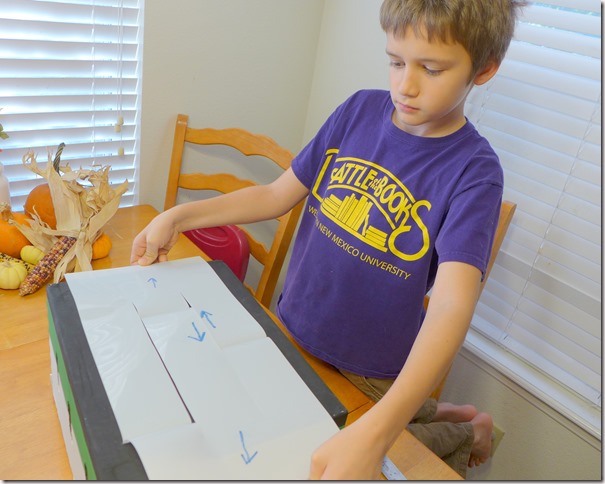
My apologies but your convergent and divergent boundaries are reversed in the quick explanation at the top. Convergent boundaries plates move toward each other and divergent boundaries move apart or away from each other.
Goorin Brothers hats are nice…not sure if they are your style but they’re good quality.
We are doing this tomorrow, and thank you for being my great go to science teacher 😉